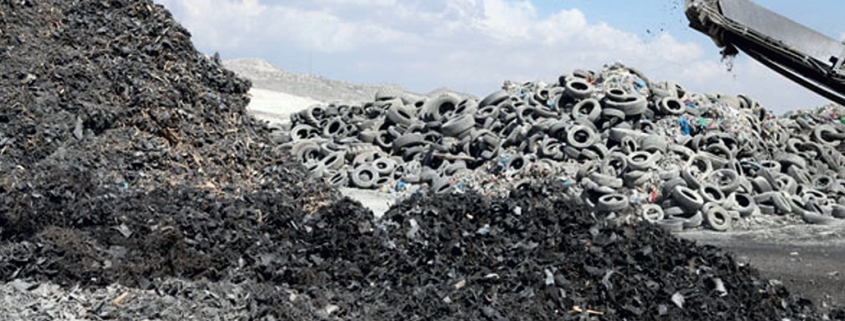End-of-life Tires as an Alternative Fuel
According to Tana Oy, a Finnish manufacturer of landfill compactors, waste shredders and waste screening technologies, the future for tire-derived fuel (TDF) looks good.
This alternative fuel made from end-of-life tires presents a cost-efficient alternative for fossil fuels and can increase the profits of cement manufacturers, the company said. “Due to rapid urbanization, there is an increasing need for cement especially in developing areas in Asia, South-America, and Africa. The cement and lime industry is growing, but the smartest actors in the field already look ahead. In the future, profits lie in sustainable solutions such as alternative fuels.”
The energy consumption of cement kilns is one of the largest expenditures in cement production. As reported, using TDF could save fuel costs as the heat value of tire shred were almost equal to oil and 25 percent better than that of coal. “Additionally, TDF decreases the NOx emissions produced by cement plants and makes cement producers less affected by the changes in the oil price.”
The material available in areas of rapid urbanization “is often mixed waste that needs to be separated, shredded and screened before it can be safely used. If the quality of the refuse-derived fuel (RDF) input material is not consistent, cement producers cannot maintain certain temperatures in the kiln and produce poor-quality clinker,” Josef Imp, Tana’s Vice president, Sales, is quoted. Producing high-quality fuel cement kilns often demands several machines; that reduces the cost-efficiency of alternative fuels.
With a proper waste shredder, cement manufacturers were able to produce alternative fuel of the required particle size in one pass, the Finnish company is convinced. The Tana “Shark” could turn even difficult material like end-of-life tires into alternative fuel. “The consistent quality of the tire-derived fuel (TDF) results in high-quality clinker. Moreover, it gives better control over the CO2 and NOx emissions in the form of more efficient incineration.” Compared to RDF (refuse-derived fuel), there is less variability in TDF which makes the burning process easier to manage, Tana Oy informed.
Photo: Tana Oy
(GR 22019, Page 35)








